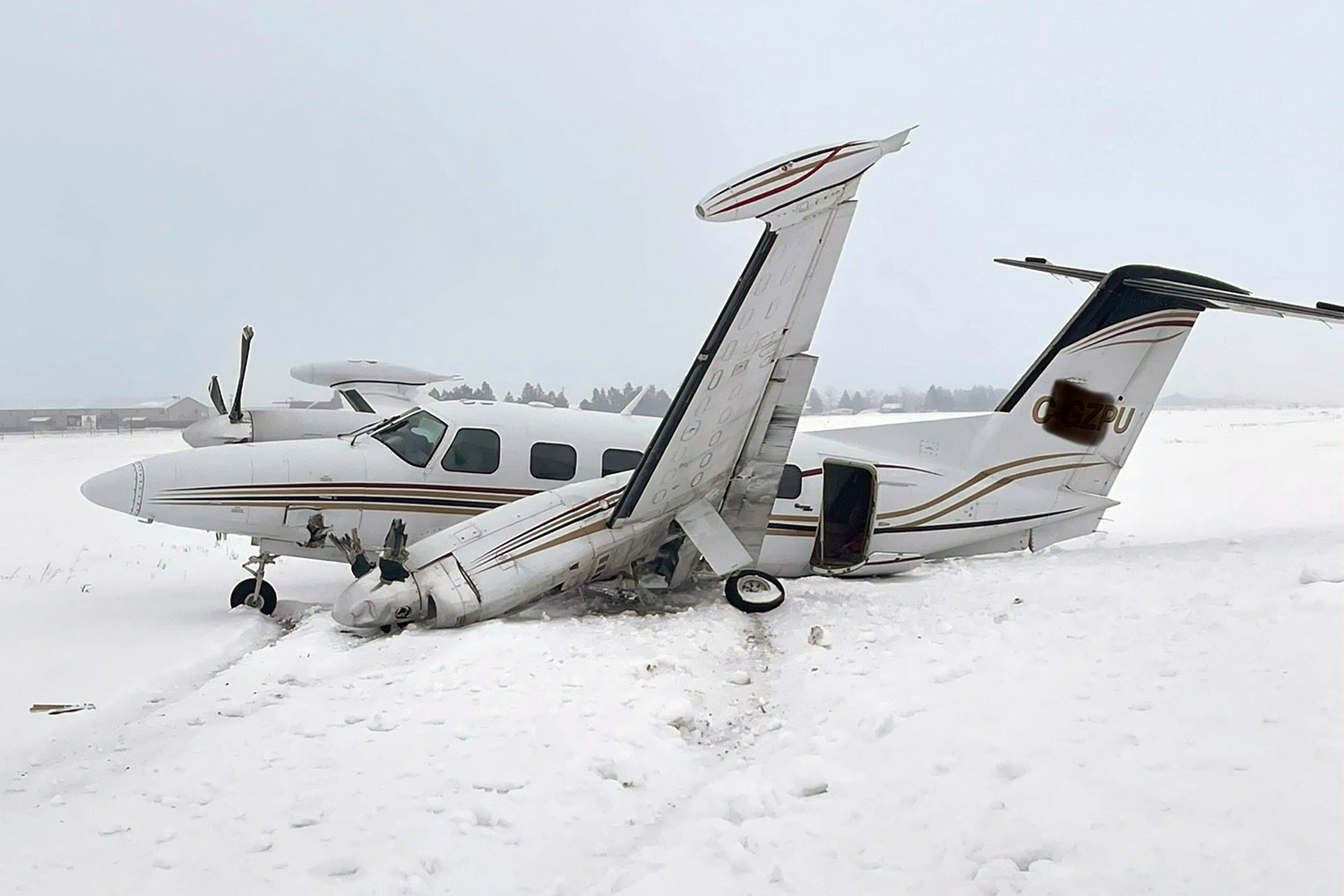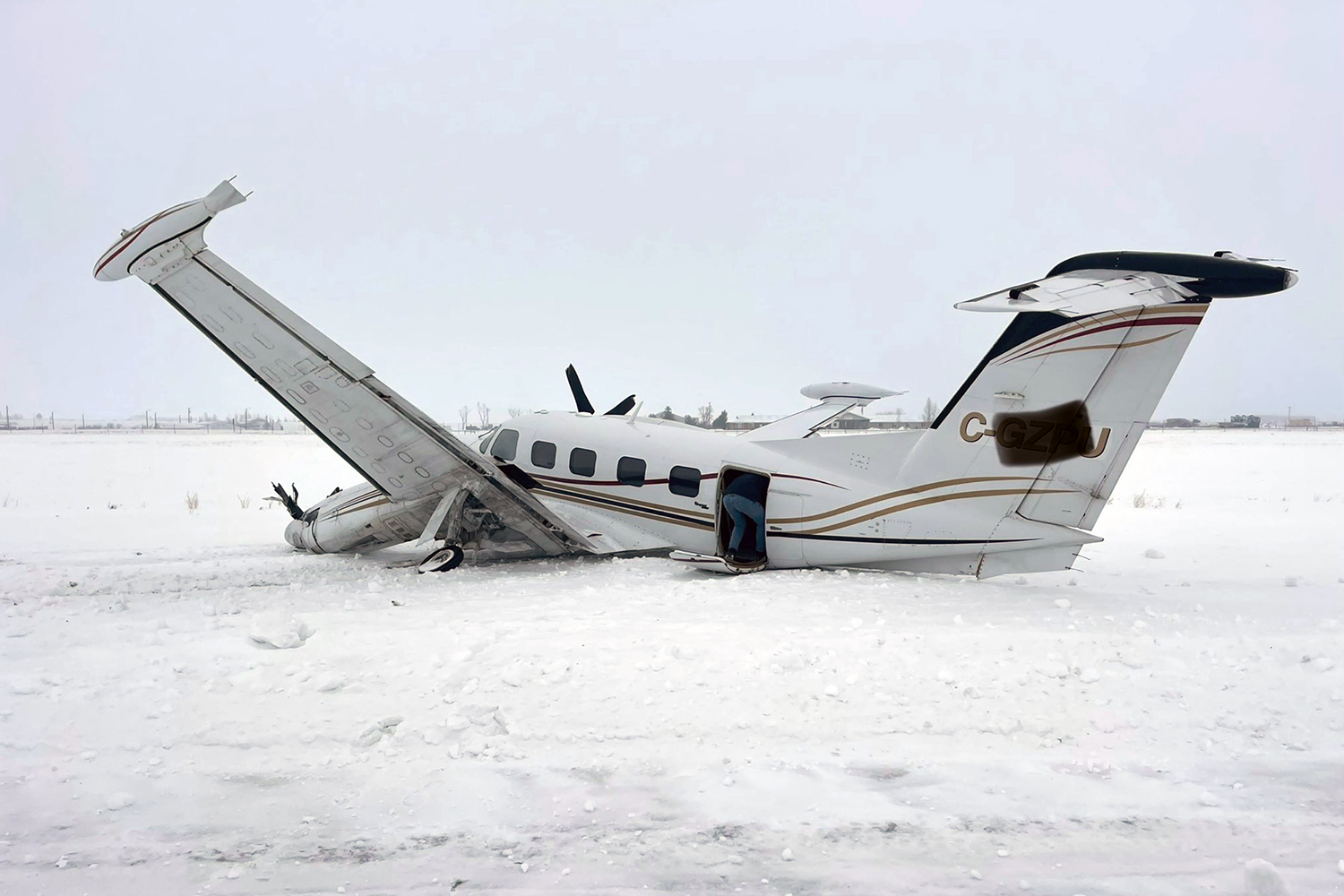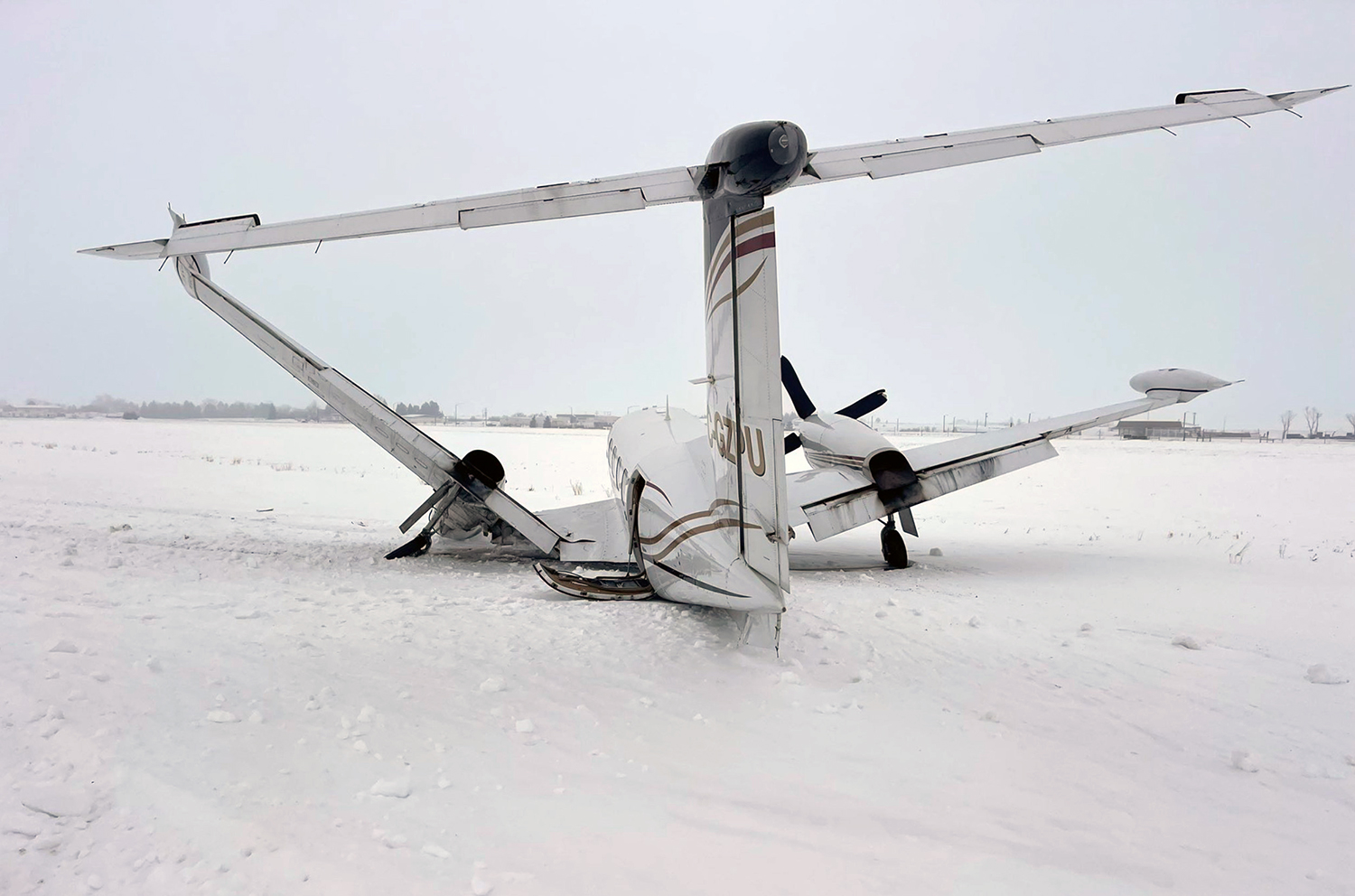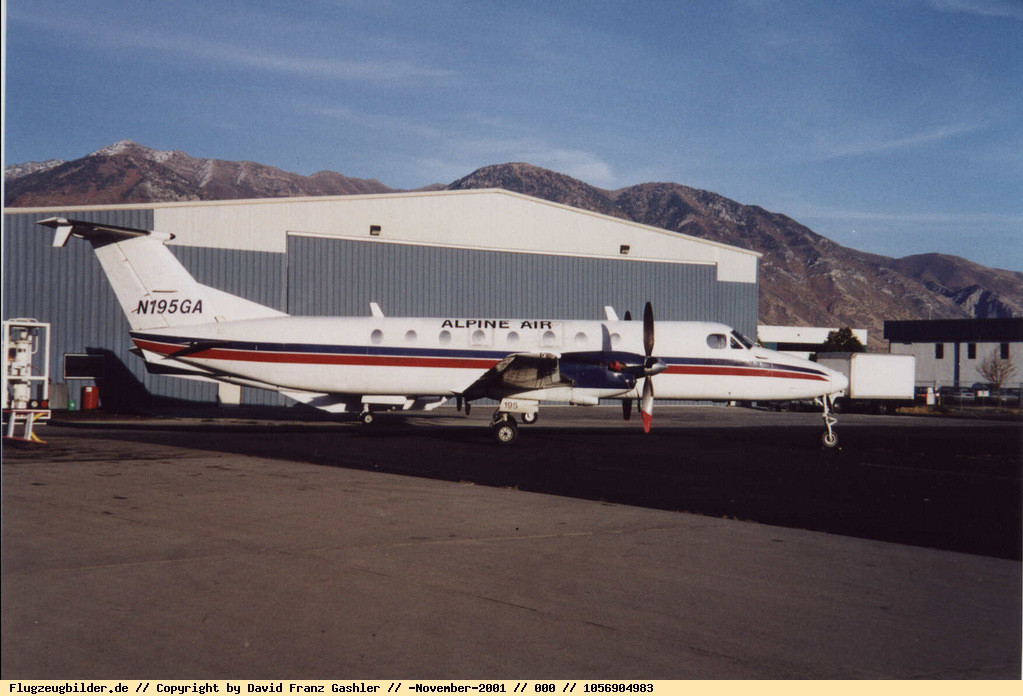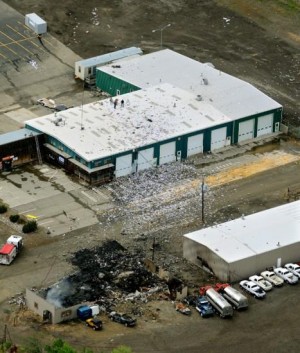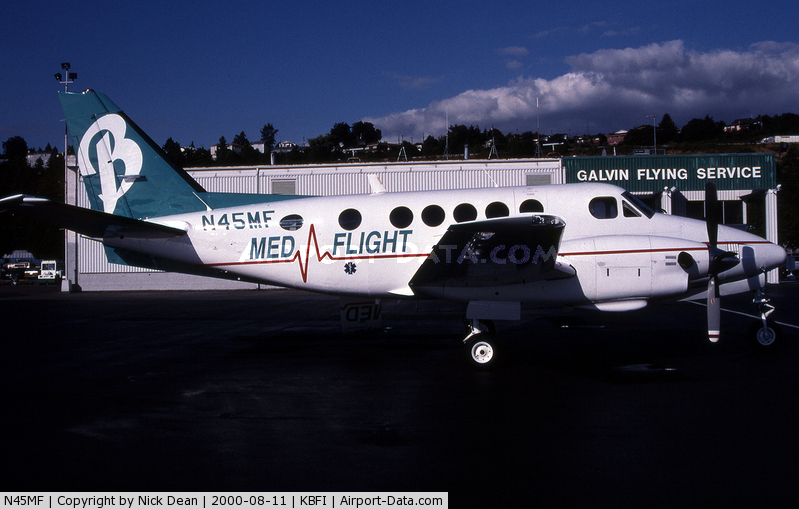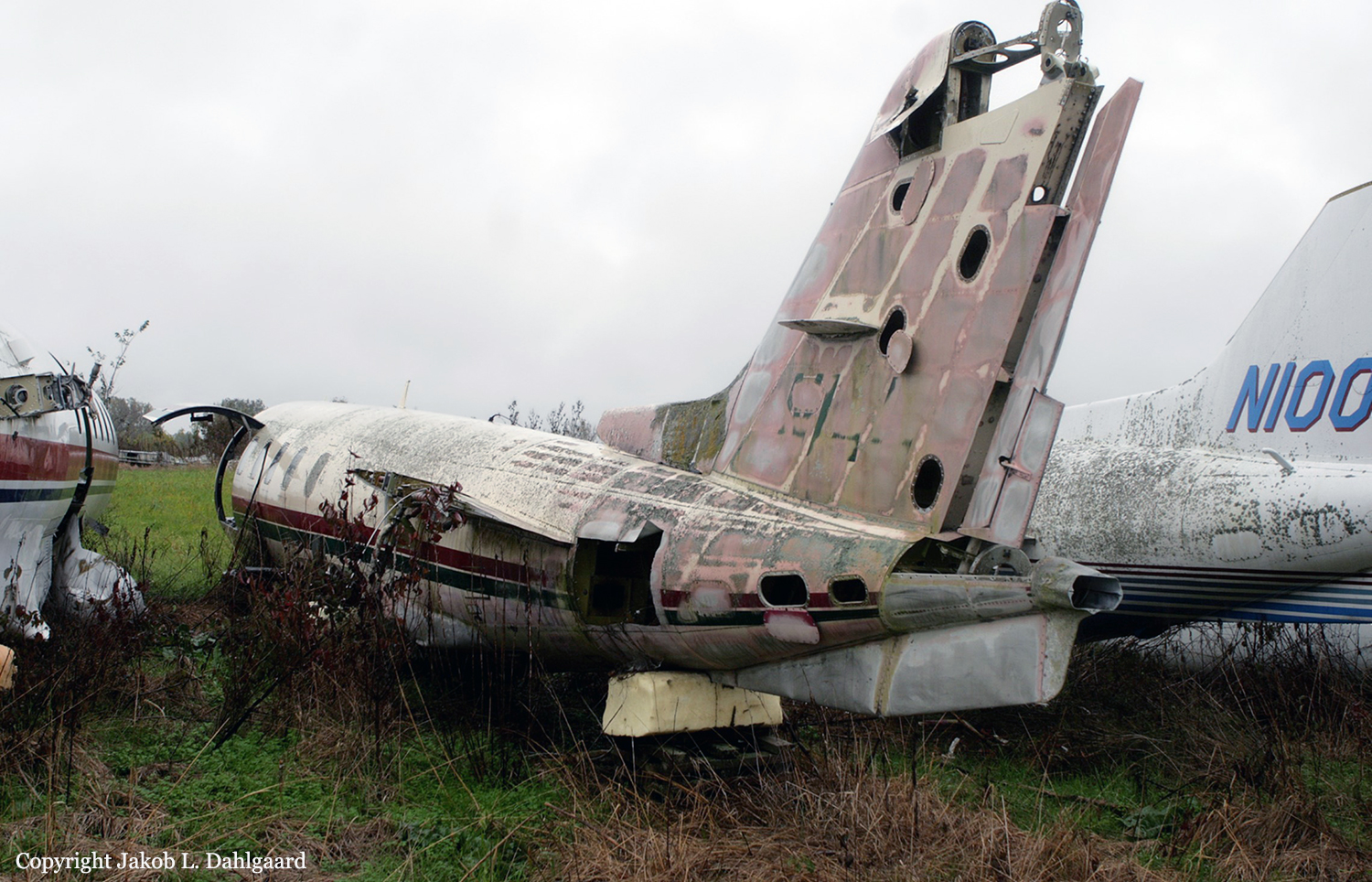Crash of a Piper PA-42-1000 Cheyenne 400LS in Lewistown
Date & Time:
Dec 13, 2022 at 1006 LT
Registration:
C-GZPU
Survivors:
Yes
Schedule:
Great Falls – Lewistown
MSN:
42-5527011
YOM:
1984
Crew on board:
2
Crew fatalities:
Pax on board:
1
Pax fatalities:
Other fatalities:
Total fatalities:
0
Circumstances:
After landing on runway 08 at Lewistown Airport, the twin engine airplane started to skid then veered off runway to the left. While contact a snow covered terrain, it slid for few dozen metres and came to rest with its left wing severely damaged. All three occupants evacuated safely.

